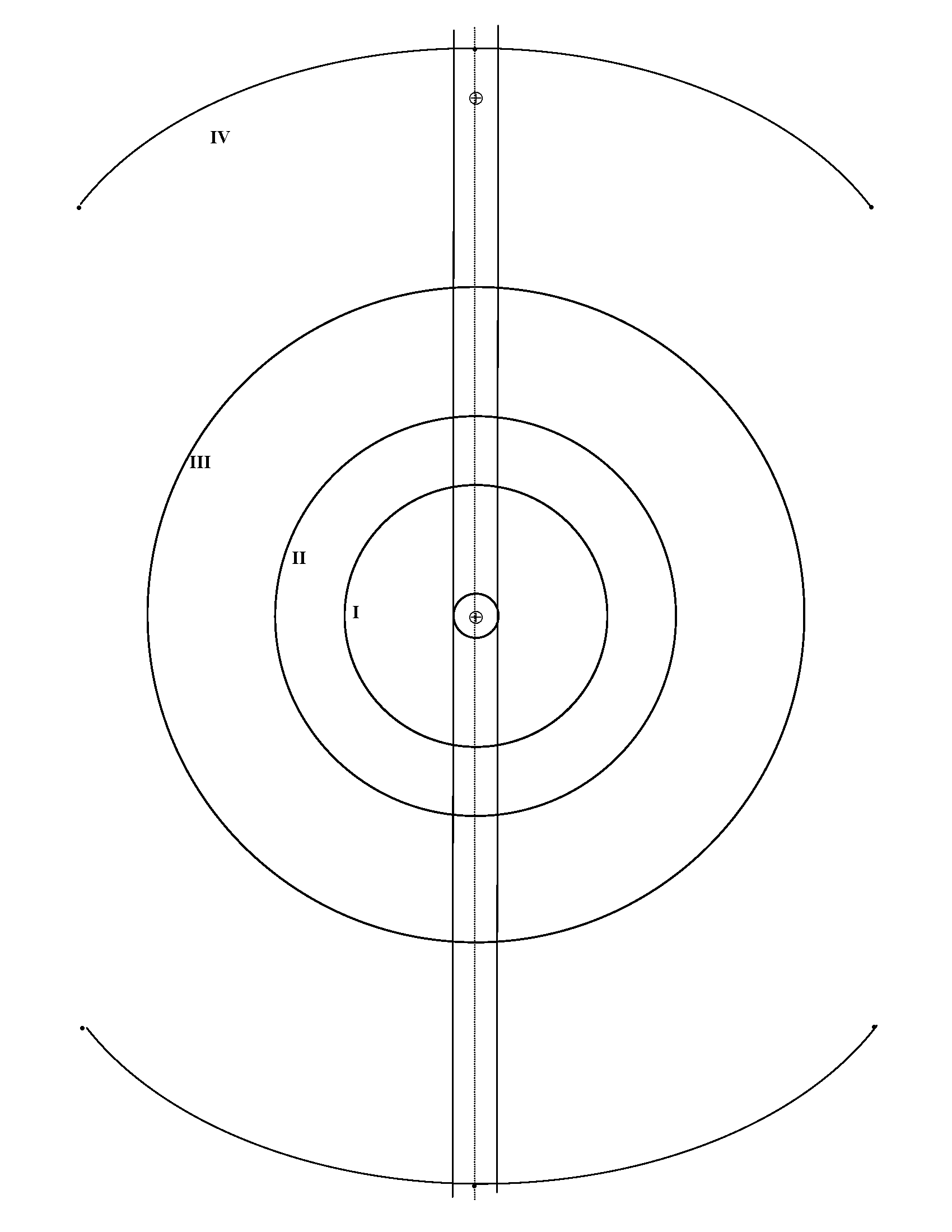
Caption: Click on the schematic diagram of the orbits of the Galilean moons of Jupiter to obtain a pdf version.
Features of and Instructions for Completing
the Schematic Diagram:
The dates are
for Coordinated Universal Time (UTC or UT)
(PST=UT-8
PDT=UT-7)
and the values are for the date start
(i.e., UT=0).
Choose the closest values for the current time of day or
linearly interpolate for an even better
value for the current time.
Note that if the elongation
is east/west,
the phase angle
is measured
east/west
from the Earth direction to the
Sun direction.
Credit/Permission: ©
Diane Pypher Smith, circa 2000 / Personal permission.
Image link: itself.
File: Jupiter moons file:
galilean_moons_orbits.html.